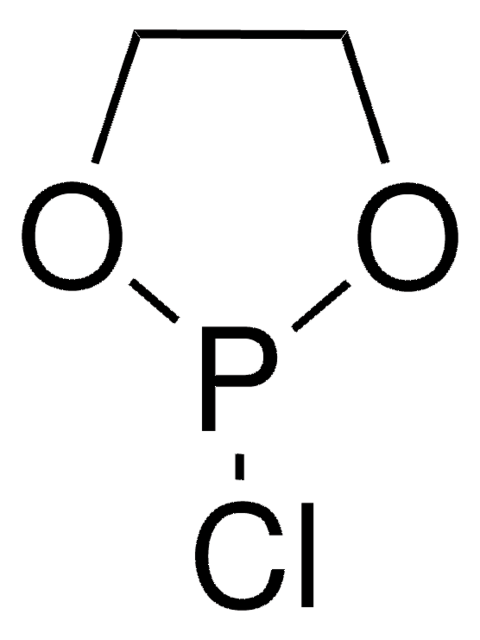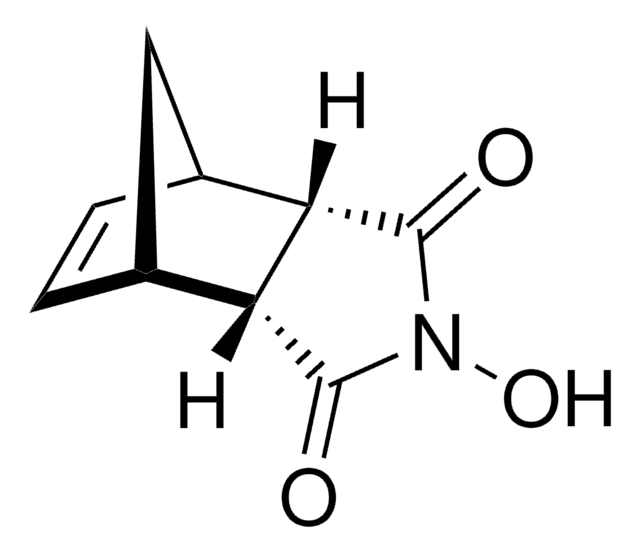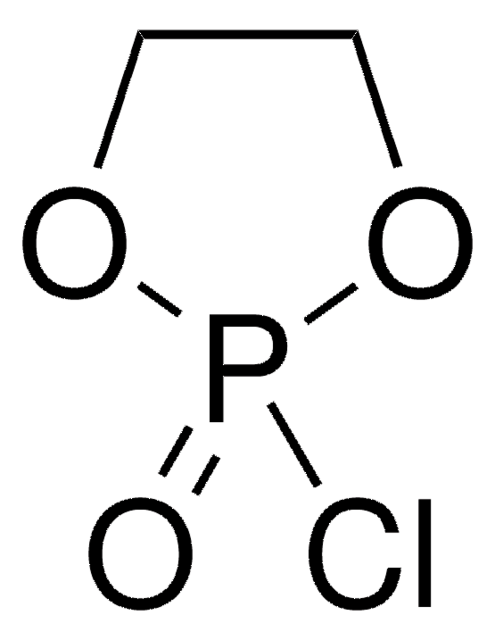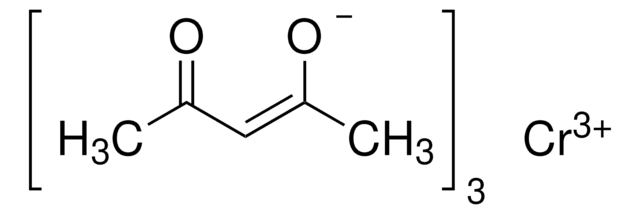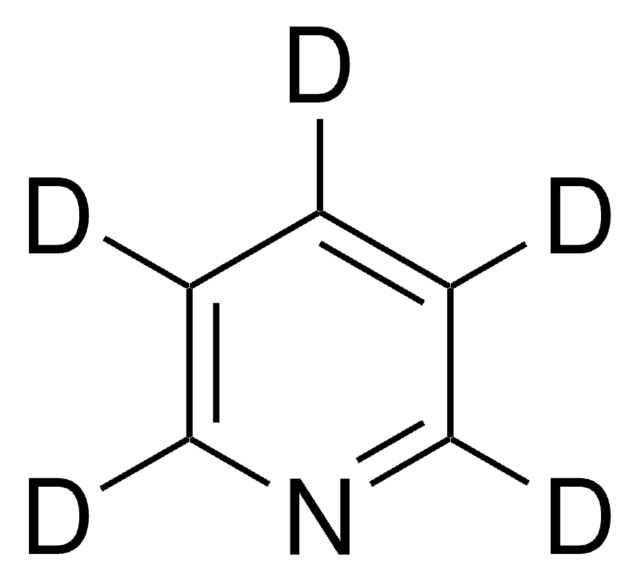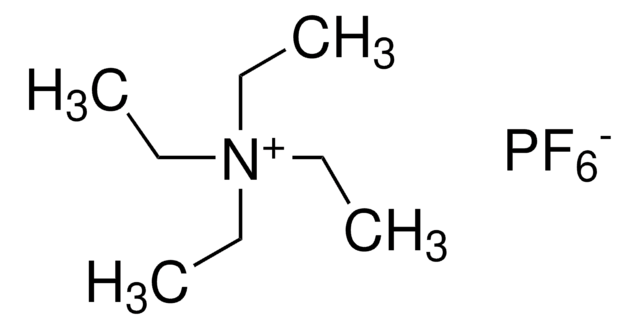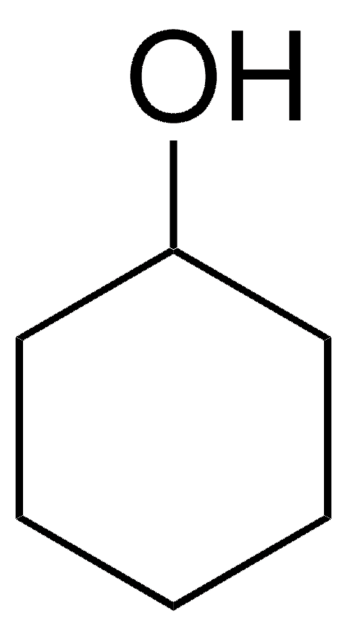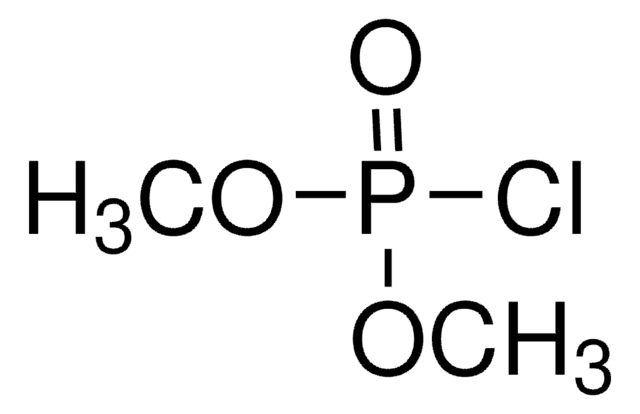447536
2-Chloro-4,4,5,5-tetramethyl-1,3,2-dioxaphospholane
95%
Synonym(s):
Tetramethylethylene chlorophosphite
About This Item
Recommended Products
Assay
95%
reaction suitability
reaction type: Buchwald-Hartwig Cross Coupling Reaction
reaction type: Heck Reaction
reaction type: Hiyama Coupling
reaction type: Negishi Coupling
reaction type: Sonogashira Coupling
reaction type: Stille Coupling
reaction type: Suzuki-Miyaura Coupling
reagent type: ligand
refractive index
n20/D 1.471 (lit.)
bp
81.5-82 °C/13 mmHg (lit.)
density
1.149 g/mL at 25 °C (lit.)
SMILES string
CC1(C)OP(Cl)OC1(C)C
InChI
1S/C6H12ClO2P/c1-5(2)6(3,4)9-10(7)8-5/h1-4H3
InChI key
WGPCXYWWBFBNSS-UHFFFAOYSA-N
Application
- As a reagent for the phosphitylation of alcohols and heteroatomic nucleophiles, resulting in the formation of useful glycosyl donors and ligands.
- As a phosphitylation reagent to derivatize lignin samples for 31P NMR analysis.
Signal Word
Danger
Hazard Statements
Precautionary Statements
Hazard Classifications
Eye Dam. 1 - Skin Corr. 1B
Supplementary Hazards
Storage Class Code
8A - Combustible corrosive hazardous materials
WGK
WGK 3
Flash Point(F)
235.4 °F - closed cup
Flash Point(C)
113 °C - closed cup
Personal Protective Equipment
Choose from one of the most recent versions:
Already Own This Product?
Find documentation for the products that you have recently purchased in the Document Library.
Customers Also Viewed
Our team of scientists has experience in all areas of research including Life Science, Material Science, Chemical Synthesis, Chromatography, Analytical and many others.
Contact Technical Service